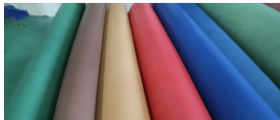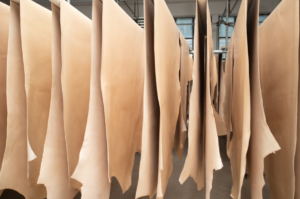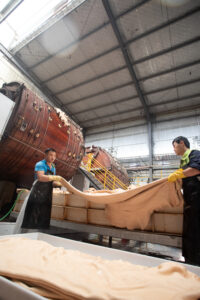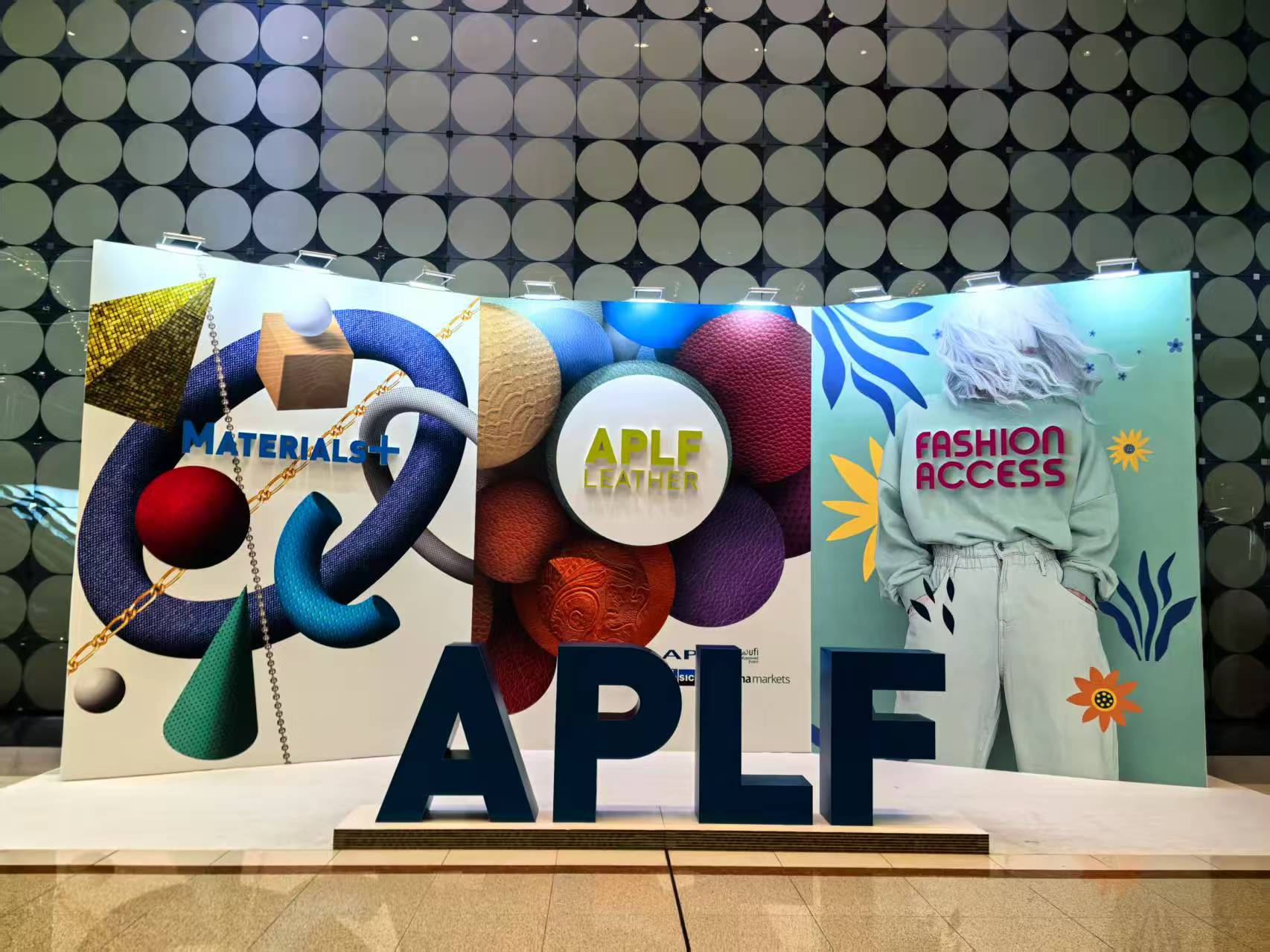When people start out in leatherwork&craftwork, one often hears the name “vegetable-tanned leather” or simply “veg-tan leather” and “craft leather”.
Keyword: How to distinguish various leather materials?
How many types are there?
Focus on vegetable tanned leather!!!
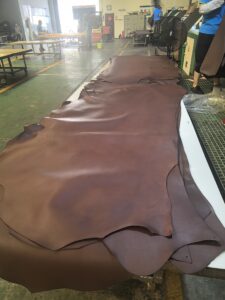
To understand what veg-tan cow leather is, let’s first clarify the difference between “Cow hide” and ” Cow Crust leather“.
“Cow Hide” refers to the skin removed from an cow animal that has not yet been processed.
Untreated hides will decay quickly.
” Crust Leather“, on the other hand, is the result of tanning raw hides using plant-derived tannins (tannic acid solutions), chrome salts, or synthetic tanning agents. After tanning, leather is dyed, oiled, and dried, and with proper care, it can maintain its quality and flexibility.
Vegetable-Tanned Leather (Veg-Tan Leather): Low elasticity, becomes soft when wet, and is highly moldable and easy to shape. Colors range from the natural light flesh pink to light brown. Suitable for leather carving and craftwork.
Chrome-Tanned Leather: High water absorption, with average elasticity and stretch. Colors are typically light blue-green. Suitable for general leather goods. Chrome is a heavy metal and poses significant environmental pollution, which is why many countries in Europe and America have moved away from using it, opting for environmentally friendly vegetable tannins instead.
White Tanned Leather: Similar to vegetable-tanned leather, it is made using two or more processing agents. The leather is white in color and is suitable for wax dyeing and the creation of colorful leather goods. For vibrant colors, this type of leather is the most appropriate. Many Japanese leather goods are made from this type of leather. Among these, vegetable-tanned leather, which is tanned with plant tannins, is what we refer to as “veg-tan”. It is characterized by its strong water absorption, high moldability, and ease of shaping.
Veg-tan is a type of leather tanned with plant tannins, free from harmful substances to humans, making it an eco-friendly leather suitable for direct skin contact. It is harmless to humans and can be used for handbags, backpacks, horse gear, shoe insoles, shoe linings, hat linings, belt linings, and other leather products that come into direct contact with the skin.
